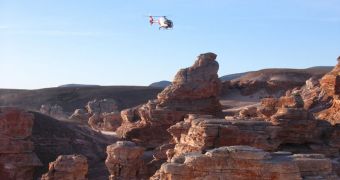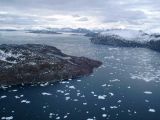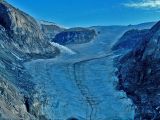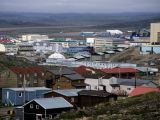On the first of April 1999 the most recent territory of Canada, Nunavut, came to existence.
Canada's map had changed for the first time after Newfoundland joined the confederation. Nunavut compasses one fifth of Canada's territory on the mainland, and is larger than any of Canada's provinces.
Here lives the youngest population of Canada, but it is also the least populated territory.
29,500 persons, of which 56 % are younger than 25, live in a territory much larger than Alaska's. 76 % are Eskimos, 13 % Non-Indigenous and the rest Metis or Indians.
Nunavut means "our land" in the Inuktitut Eskimo language and emerged after the signing of an accord between Canadian federal government and Eskimos, about colonization and indigenous rights.
Eskimos underline the differences, no matter how integrated they are in the life of modern Canada, and changed the geographic names. Whale's Cove has become Tikirarjuaq, Frobisher Bay is already named Iqaluit, Rankin Inlet is now Kangiqting and so on.
In this huge territory, 98 % of the Canadians will probably not step during their lifetime. The area, four times bigger than Texas, is so empty that a weather station built by the Germans during the Second World War was found just after 40 years, near Button Island.
Iqaluit is the capital of this vast zone and has 6,184 inhabitants.
This settlement, located in the southeast of the Baffin Island, was founded in 1942 as American airbase and it is the most isolated "town" of Canada, at thousands of km from the larger cities of Canada and accessible only by aircraft and boat, when the sea is not frozen. In 1979, the sole high school of this territory was functioning at Iqaluit.
Nunavut's climate is arctic, with very cold winters and short summers that are too cool to permit the growth of trees. The temperatures are well below 0? C for most of the year, with only less than 250 mm of precipitation annually.
Average monthly temperatures are below freezing for eight months of the year, that's why most of the territory is covered by tundra or arctic desert. Nunavut possesses rich deposits of gold, lead, zinc, nickel, copper and diamonds.

 14 DAY TRIAL //
14 DAY TRIAL // 


